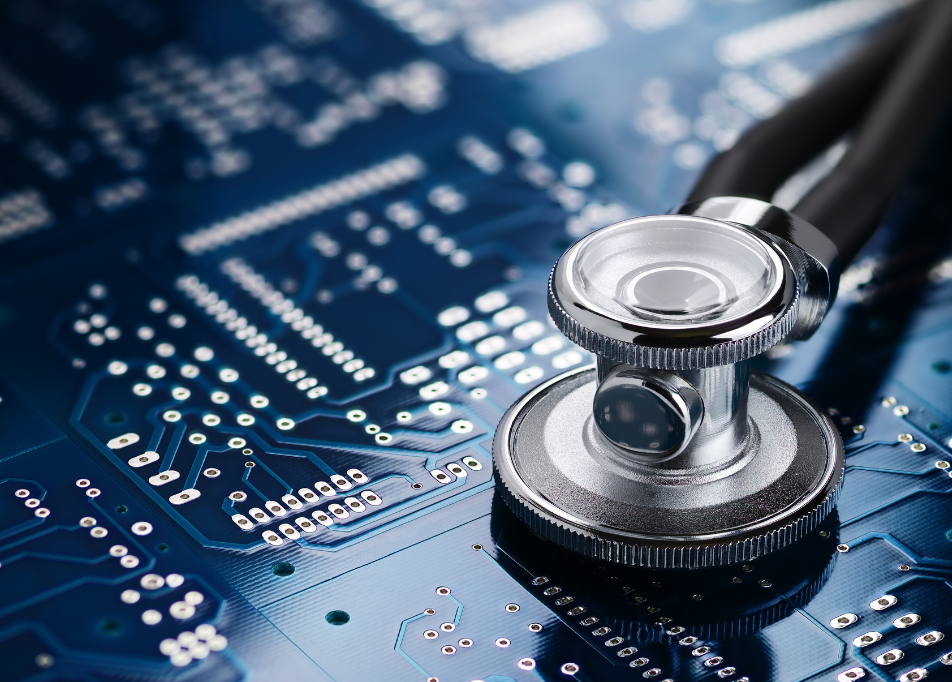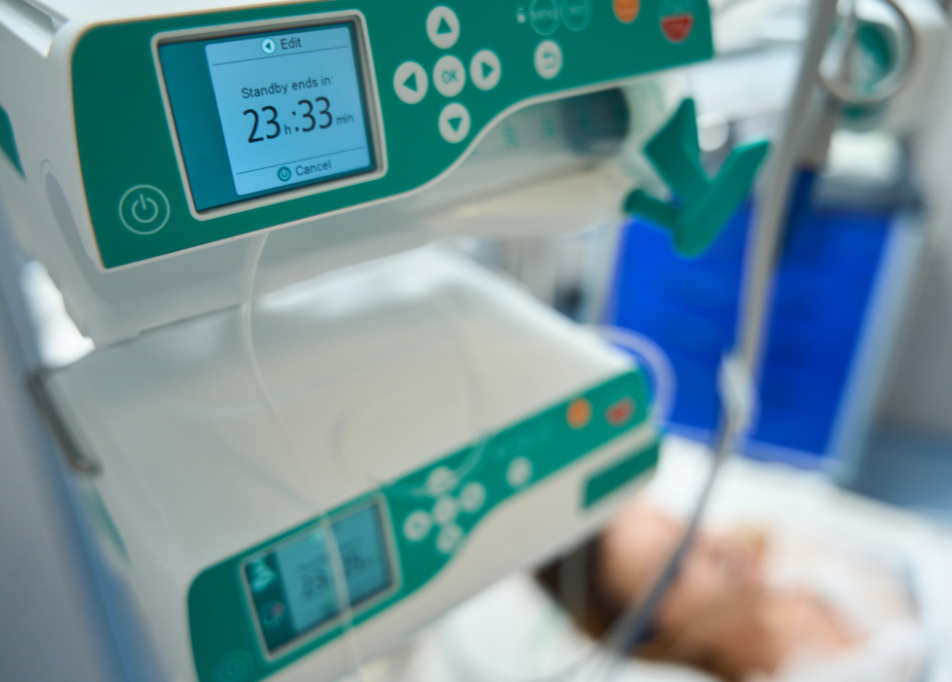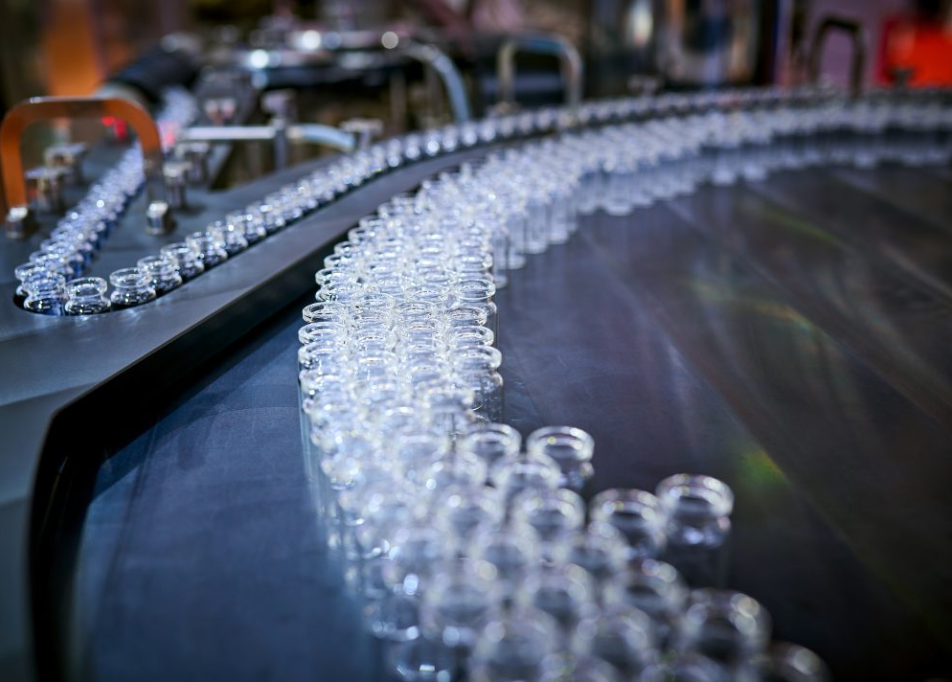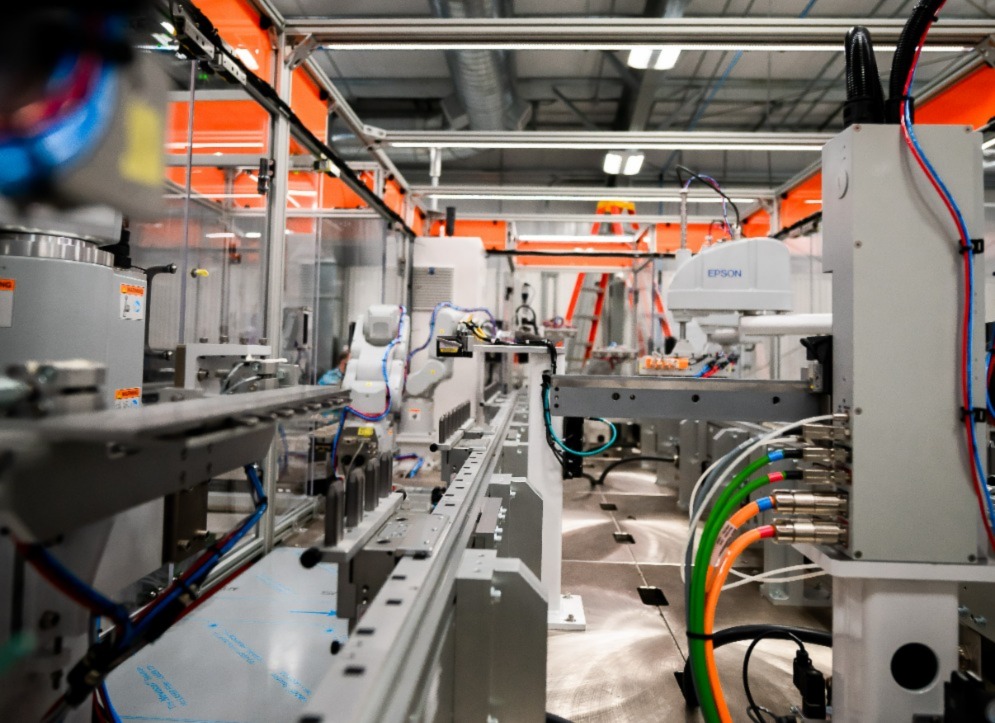The Benefits of Factory Automation and AI in Bioprocessing
Tessy Automation Industrial Digest
For the first industry digest of 2023, we’ve gathered a full range of topics on the latest trends and developments impacting automation in the medical device manufacturing sector. “How the Right Kind of Automation Can Transform Manufacturing” delves into the ways in which automation can improve efficiency, reduce costs, and enhance the overall quality of production. “5 Healthcare Trends to Expect in 2023” highlights the increasing use of artificial intelligence and telehealth, the growing trend of personalized medicine, and the impact of the pandemic on healthcare. “Essential Elements of Usability in Medical Device Design” provides an in-depth look at the essential elements of usability research for medical device design and the role of usability research in ensuring that medical devices are safe, effective, and user-friendly. Finally, “The Benefits of Factory Automation and AI in Bioprocessing” examines the benefits of automation and AI in bioprocessing, such as improved efficiency, increased accuracy and reduced costs. This month’s articles cover a lot of ground.

How the Right Kind of Automation Can Transform Manufacturing
This article from Today’s Medical Developments, discusses how the right kind of automation can transform manufacturing. The article explores how automation can improve efficiency, reduce costs, and enhance the overall quality of production. What’s key is the importance of choosing the right type of automation for a particular manufacturing process. To get the full take on this, click here for the entire article.

5 Healthcare Trends to Expect in 2023
Forbes healthcare expert, Bernard Marr, delves into the top 5 healthcare trends to expect in 2023. The article provides an in-depth analysis of the latest developments and innovations in the healthcare industry and how they are expected to shape the future of healthcare delivery. The author highlights the increasing use of artificial intelligence and telehealth, the growing trend of personalized medicine, and the impact of the pandemic on healthcare. The article is a must-read for anyone interested in staying informed about the latest advancements in healthcare and how they will affect the industry in the coming year. It provides an insightful and thought-provoking perspective on the future of healthcare and it will likely have an effect on future industrial automation needs in medical device manufacturing. Read it here.

Essential Elements of Usability in Medical Device Design
Medical Design and Outsourcing provides an in-depth look at the essential elements of usability research for medical device design. The article discusses the importance of user-centered design and the role of usability research in ensuring that medical devices are safe, effective, and user-friendly. It goes on to cover key starting points for usability research, such as understanding user needs and requirements, conducting user testing, and evaluating design options. This piece also explores the various methods and tools used in usability research, including observational studies, surveys, and cognitive walkthroughs. Medical device designers, engineers, and researchers looking to improve the usability of their devices will find this an interesting read as it provides practical guidance and best practices for conducting usability research, making it an essential read for anyone working in the medical device industry.

Automation and AI in Bioprocessing
This article from Genetic Engineering and Biotechnology News delves into the use of automation and artificial intelligence (AI) in meeting the increasing demand for biologics fill-finish services. A timely topic, the piece highlights the benefits of factory automation and AI in bioprocessing, such as improved efficiency, increased accuracy and reduced costs. It also discusses the challenges of implementing automation and AI in fill-finish operations and the importance of selecting the right automation technologies and strategies to ensure success. This subject is going to be ever-evolving, but it is happening faster than most people might realize as automation and AI continue to fill the growing demand for biologics.

CASE STUDY: End-to-End Automation Solutions to Medical Device Production Challenges
This case study from Tessy Automation provides a detailed look at how an end-to-end automation solution can help overcome production challenges in the medical device industry. The case study examines the specific challenges faced by a medical device manufacturer and how an automation solution was able to address these issues, resulting in improved efficiency, reduced costs, and enhanced product quality. The study provides a comprehensive analysis of the automation solution, including its design, implementation, and performance metrics. It is a valuable resource for medical device manufacturers and engineers looking to improve their production processes and gain a competitive edge in the industry. This case study highlights the benefits and success of implementing automation in the medical device production line, making it a helpful read for those in the industry.
